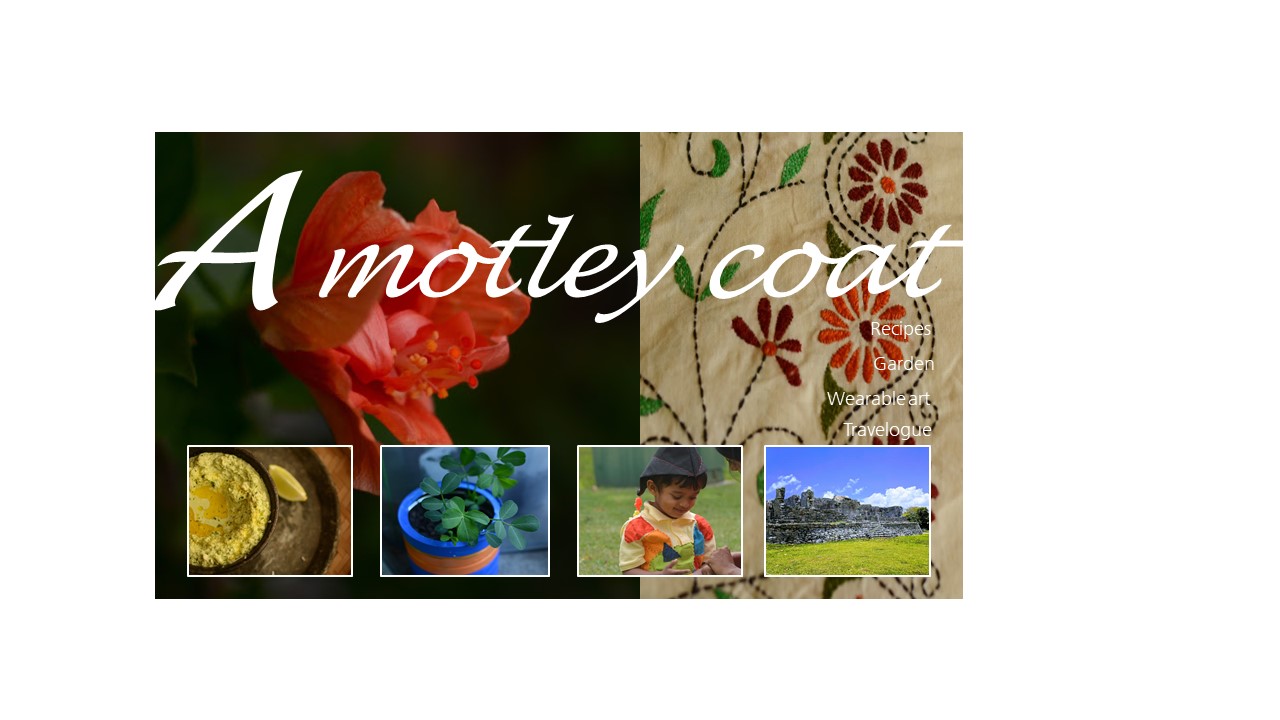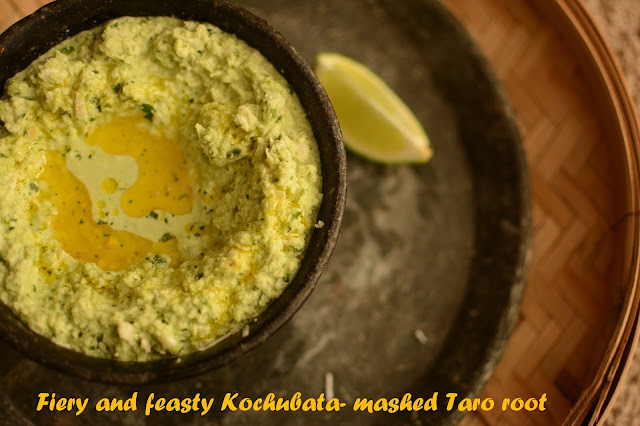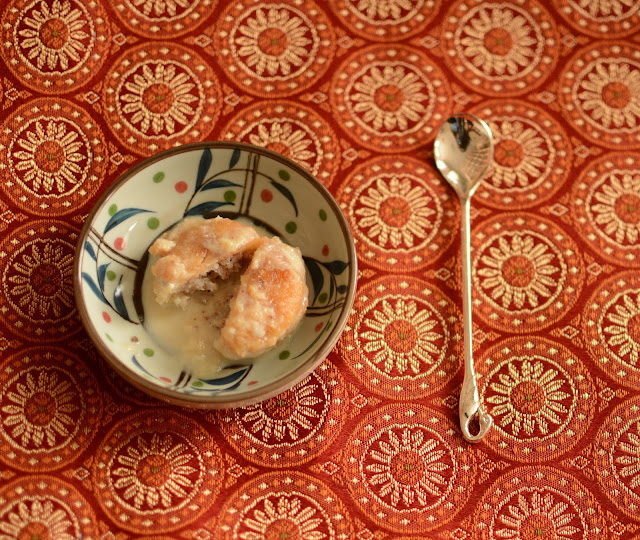Some of my favorite recipes are very earthy. Recipes which doesn't require any cooking, yet they are so savory. Like this one ~Kochu Bata or mashed Taro root.
The origin of this recipe is from Bangladesh. Many of the recipes of Bangladesh are unique as they use simple ingredients and Bangladeshis believe no part of a plant should be wasted, hence even this odd looking Taro root also graciously seats on dinner plate! Both of my parents are from Bangladesh, hence my cooking is also influenced by Bangladeshi recipes!
Kochu / Taro root is a humble vegetable. Our local Asian Grocery store sells it at 99cents/lb! For many people Kochu is a nuisance as the Oxalic Acid in Taro can cause itching in tongue and throat! But for me, Taro is always a delicacy! My Maa told me long back to add a dollop of Lemon juice to Taro root preparations to negate the effect of Oxalic Acid and I diligently follow her advice.
In West Bengal, Taro root and its associated are mostly found during the monsoon season. I remember many of the childhood lunches, where Maa would create this dish with utmost care and delighted with the prospect of eating Kochubata, those days I would take some extra rice!! Yes freshly steamed rice and Kochu Bata with a dollop of mustard oil seems heavenly to me! Taro root does not have very distinct flavor, but with the addition of freshly grated coconut, coriander leaves and green chilly, it gets an irresistible punch.
Few tips before I write down the recipe!
- While peeling away the skin, make sure you remove all the "eyes" as visible on the flesh, as this helps to remove the pricking sensation in taste buds
- Always add generous drops of lemon, it creates a zing as well helps to remove the Oxalates
Recipe for Kochu Bata or Mashed Taro root:
- Taro root - 25 gm
- Grated coconut - 1/2 cup
- Springs of coriander - 2 or 3 sprigs
- Green chillies -2
- 1 tsp mustard oil
- Lemon juice ( as per your taste)
- Salt
Process
- Wash the Taro root thoroughly and pat dry with kitchen towel
- Roughly chop the Taro root into 3-4 chunks
- Remove the skin, take extra care to remove all traces of skin, including the eye
- Grate them ( I used a hand grater)
- Put them in a colander and run cold water water through it. Wash thoroughly to remove the white fluid. Let it rest for 15-20 mins
- Meanwhile roughly chop the coriander leaves. Grind together coriander leaves, coconut and chilly ( be careful while adding water, 2 tsp of water should be fine)
- Now take the grated Taro root and grind it well ( might require few teaspoon of water to get a smooth blend)
- In a separate bowl add the Taro paste and coriander-coconut paste. Add salt, freshly squeezed lemon juice and dollops of mustard oil!
- Goes best with steamed rice!

















